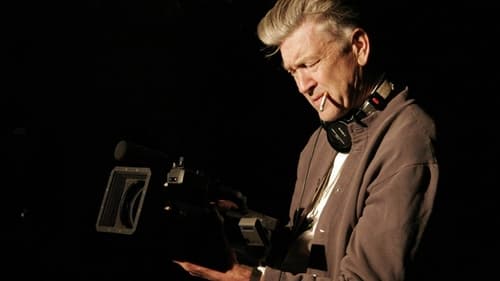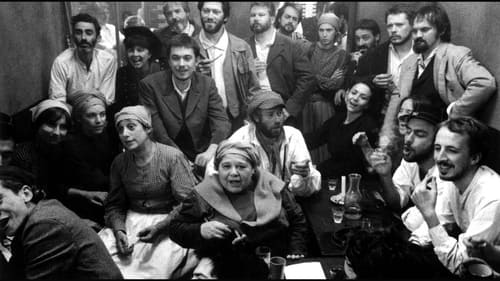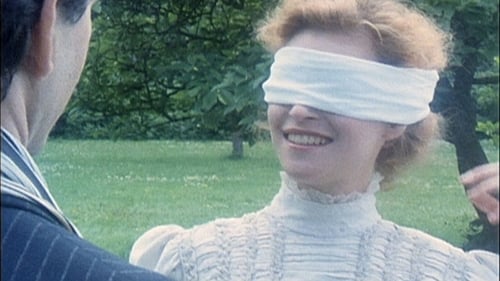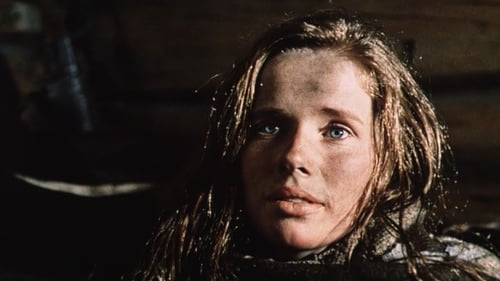
Second Unit Cinematographer
Rare glimpse into the fascinating mind of one of cinema's greatest directors. Footage was gathered over a two year period and documents David Lynch's many creative interests as well as his passion for filmmaking. It’s “abstract trip” which reveals new aspects of the personality and the cinematographic vision of one of the exceptional authors of contemporary cinema. Personal portrait of David Lynch and his creative universe.

Director of Photography
We are in the year 1871. A journalist for Versailles Television broadcasts a soothing and official view of events while a Commune television is set up to provide the perspectives of the Paris rebels. On a stage-like set, more than 200 actors interpret characters of the Commune, especially the Popincourt neighbourhood in the XIth arrondissement. They voice their own thoughts and feelings concerning the social and political reforms. The scenes consist mainly of long camera takes.

Technical Supervisor
The film portrays the Swedish playwright, novelist, poet, essayist and painter August Strindberg's life 1849-1912. Through his extensive correspondence and literary production, from the supposed first work, the drama "The Free Thinker" (1869), to the posthumously published "The Occult Diary" (published 1977 ). But also his three wives, Siri von Essen, Frida Uhl and Harriet Bosse, and the children Karin, Greta and Hans are given space in the film. The unpublished first drama "The Free Thinker", depicts a young man forced to break with family and tradition to follow his conscience and ideals, becomes a prophecy about the author's own life.

Director of Photography
Denmark, by the end of the 19th century. Gov. Dihmer gives his resignation because of his illness. Two friends, a pastor and a physician, try to awaken his willpower and transcend a journey to Italy. Meanwhile, in the homeland, there are political breakthroughs that make little hope for new times.

Director
Den grønne heisen (English: The green elevator) is a 1981 Norwegian comedy film directed by Odd-Geir Sæther, based on a play by Avery Hopwood, and starring Rolv Wesenlund and Øivind Blunck.

Cinematography
A man is released from prison. He returns to the small community he used to live in.

Cinematography
German film.

Cinematography
The sawmill in a northern Swedish village close down. Nils becomes unemployed. In order to cope with needs of his family, he is forced to travel south. His wife Karin and the children will stay in the village until further notice. Nils starts working at a factory. In addition to the job, he has been promised a good residence so that the family can move to him.

Cinematography
Based on a play by Henrik Ibsen (Norwegian)

Cinematography
During a night in June, Kai is making an encounter with his wife's family, one after one. She has left him, and he wants to know why.

Cinematography
Bør is startled when he discovers that his father-in-law is becoming more Norwegian than he is. The father-in-law is about to raise the village's highest flagpole. Bør can't sit still and watch, and that's why the fight and the intricacies are underway.

Director of Photography
Stockholm policeman Martin Beck is called in to investigate the murder of a fellow officer. Beck and his partner, Einar Ronn, soon discover that the murdered policeman was well known to his colleagues for his excessive brutality, though his misdeeds were never reported to higher authorities. As they pursue their investigation, a sniper climbs to a roof in downtown Stockholm and starts firing at every uniformed officer he sees.

Director of Photography
A biographical film about the Norwegian Expressionist painter Edvard Munch. It was originally created as a three-part miniseries co-produced by the Norwegian and Swedish state television networks, but subsequently gained an American theatrical release in a three-hour version in 1976. The film covers about thirty years of Munch's life, focusing on the influences that shaped his art, particularly the prevalence of disease and death in his family and his youthful affair with a married woman.

Cinematography
Nikolai seeks solitary to work in peace, and realize himself, when Ilni rises from the sea. She is also seeking herself, but also common bonds with people. Eva thinks she a snake in the garden of eden, forcing Nikolai to do wrong.

Still Photographer
In Norway in the 1600s, An-Magritt is born as the result of a rape.

Cinematography
A man who can not laugh gets help by a psychiatrist.









